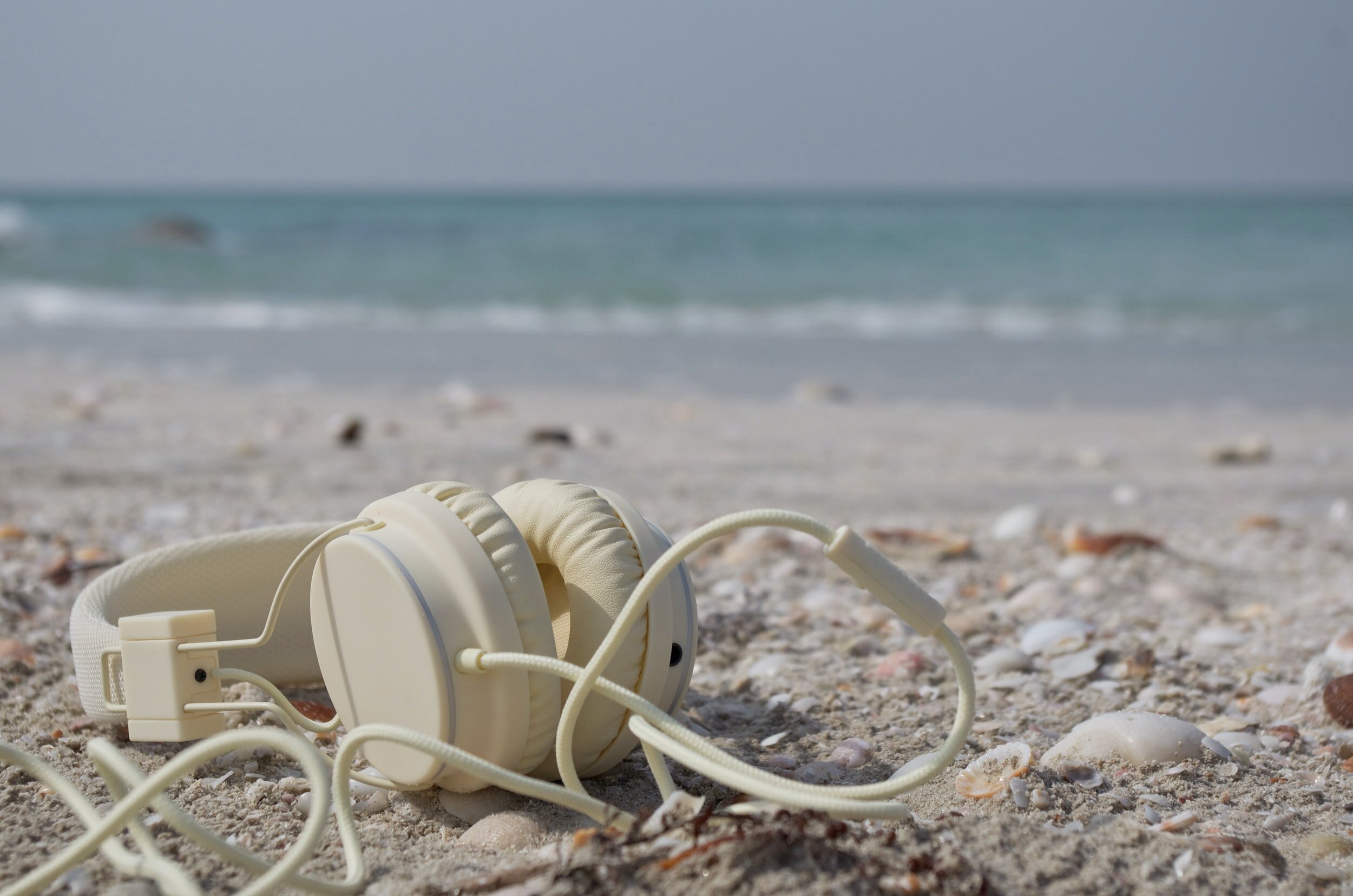Underwater Noise is Hurting Marine Mammals
Honking horns. Car alarms. Alarm clocks. We’re all familiar with loud, unpleasant sounds like these. Sometimes sounds go from being annoying to harmful noise which is the increasingly the case in the ocean.
What is noise pollution?
Residents in the usually serene town of Holmes Harbor on Whidbey Island had begun suffering from sleepless nights and jangled nerves. Lynda Mapes wrote in June 2021 for the Seattle Times that the community where people were used to sleeping with their windows open so they might hear the sound of whales were being bombarded with loud noise that shook homes from “the pulsating thrum of generators.” The air was filled with the smell of diesel exhaust and the night sky was filled the bright lights of massive container ships. What had changed? The answer was a tsunami of consumerism driven by last year’s Covid enforced stay-at-home existence which led to an increase in online purchases. So much purchasing caused the need for an increase in container ship traffic to transport the goods, an 20 percent increase. The resulting loud noise-producing traffic is not just affecting homeowners who live near the shore, it is affecting the creatures who live underwater.
All I hear is noise. Can’t get away from the noise.
Water is a good conductor of sound. Below the water, sound travels faster, five times faster than in air. The sound carried in the form of invisible waves travel with a force that vibrates the whole body not just ear drums as sound does as it travels in the air. For many marine animals, sound is the way they locate food, communicate with one another, navigate, and avoid danger. The host of man-made sounds generated from boats, research vessels, and elsewhere is a form of pollution that can be more than annoying for marine mammals; in fact, it can be deadly threatening the lives of individuals or even a population.
It isn’t just commercial ships that generate noise. Small boat traffic also have been increasing. The number of registered recreational vessels in the United States, for example, has increased one percent each year over the past five decades. Half a world away, some parts of Australia have seen a three percent rise annually. Simply stated, there is more boat traffic, bigger boats, and underwater research contributing to chronic and loud noises. The soundscape of the ocean has changed and the problem goes well beyond being annoying for animals who live in the ocean.
Why Does Noise Affect Marine Mammals?
Like all animals that rely on the sense of hearing, marine mammals are adapted to living in an environment filled with sound. But sounds like a parrot fish munching on coral, or the wind and waves, or lightning strikes aren’t the problem because animals have evolved in a world that naturally produces these sounds. But the animals have few, if any, defenses for the unnatural, man-made noises that are really loud, sometimes to the point of destroying living tissue as it is with the underwater blasts ast fossil fuel companies search for oil and gas. The high-volume air guns that may be used send deafening waves through the water every ten seconds, sometimes for extended periods of time like days or even weeks. Not just whales and dolphins are harmed by seismic testing. It also injures or kills fish and invertebrates.
Underwater noises reduce the ability of marine mammals to do such things as:
Find food
Communicate with one another
Rest
Navigate
Consequences of these disruptions include:
Increased levels of stress
Reduction in well-being and overall health
Migration
Injury or death
Who’s the Killer? (c) Pam Ferris-Olson
Killer Whale - CSI
The long-term impact of noise pollution on previously healthy populations is, as yet, unknown but for threatened or endangered populations, noise pollution may be the factor that might result in extinction. Take the killer whale population that lives in the Salish Sea, a body of water that lies between the state of Washington and Canada.
· A resident population of less than 100 killer whales aka Southern Resident killer whale or orca is considered to be endangered and declining,
· Their habitat includes busy commercial shipping lanes and ferry routes,
· The noise from marine traffic is disruptive to the whale’s ability to hunt for food, navigate and communicate, and this has led
· The Government of Canada to identify underwater noise as a serious threat to the continued existence of the Southern Resident killer whale population.
Are there solutions?
The US agency known as the National Oceanic and Atmospheric Administration has developed an Ocean Noise Strategy. NOAA’s Ocean Noise Strategy outlines approaches to reduce the impacts of noise. These include supporting the development of quieter technologies for boats, identifying high-risk places and species to target mitigation efforts, and the development of sanctuaries.
There is unlikely any easy solution. The problem of noise pollution is worldwide. It will require buy-in from more than a single county and multiple stakeholders.






